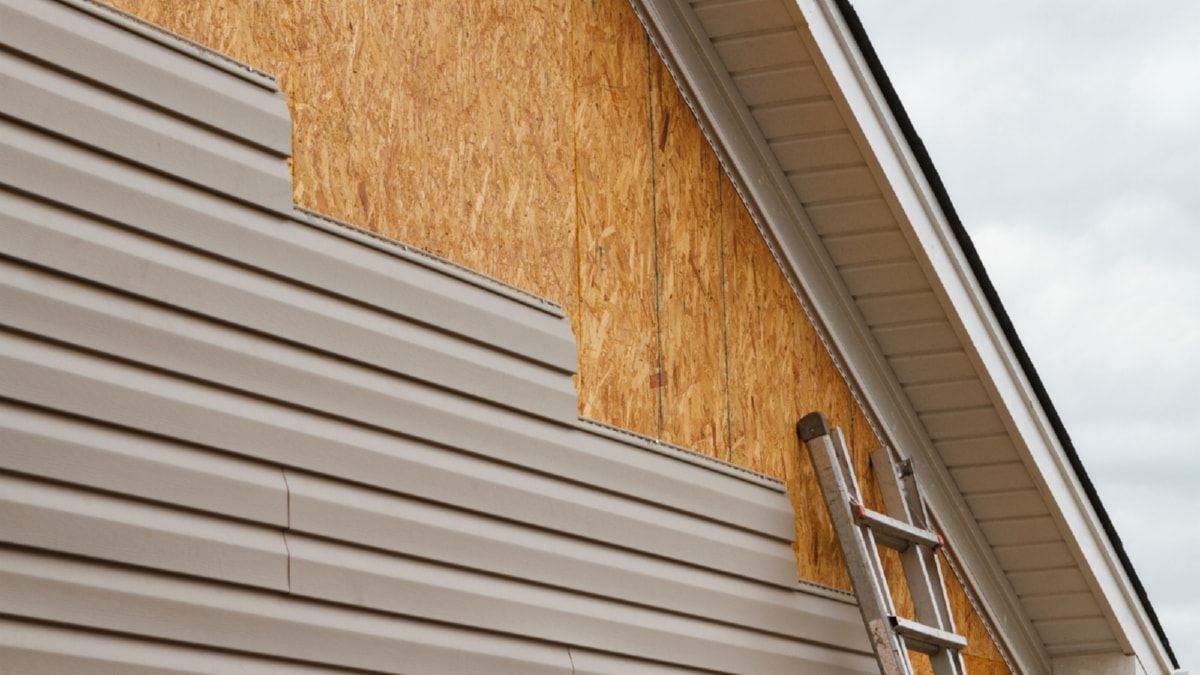Mastering the art of sustainable construction requires a comprehensive understanding of the principles that guide this innovative building approach. This guide aims to provide a detailed overview of sustainable construction, its importance, and the techniques involved to help you fully harness its potential.
Sustainable construction, at its core, is about constructing buildings and infrastructure that minimize their impact on the environment throughout their lifecycle. This involves optimizing resource usage, reducing waste, and promoting energy efficiency, all while ensuring the built environment is safe, healthy, and comfortable for its occupants.
The significance of sustainable construction in the modern age cannot be overstated. With climate change and environmental degradation becoming increasingly pressing issues, the construction industry is one of the key sectors that can make a substantial difference. Buildings account for approximately 40% of global energy use and one-third of greenhouse gas emissions. Therefore, by adopting sustainable construction, we can significantly reduce our environmental footprint.
Now that we’ve understood why sustainable construction is important, let’s delve into the techniques that are crucial in mastering this art. One of the primary principles of sustainable construction is resource efficiency. This means using materials and energy as efficiently as possible. For instance, by using recycled or locally-sourced materials, we can reduce the energy consumed in the production and transport of construction materials.
Another important technique is the incorporation of energy-efficient designs. Passive solar design, for example, involves orienting a building and choosing its layout based on the movement of the sun to maximize natural lighting and heating. This reduces the need for artificial lighting and heating, thereby conserving energy.
Water conservation is another critical aspect of sustainable construction. Techniques such as rainwater harvesting, greywater recycling, and the use of water-efficient fixtures can significantly reduce a building’s water footprint.
To truly master the art of sustainable construction, one must also consider the building’s lifecycle. This means thinking about the long-term environmental impact of the building, from construction to demolition. For instance, designing for deconstruction can ensure that materials can be easily separated and recycled at the end of the building’s life.
Lastly, sustainable construction isn’t just about the environment. It’s also about creating buildings that are healthy and comfortable for the occupants. This could involve using materials that don’t emit harmful substances, ensuring good indoor air quality, and incorporating natural elements into the design to promote well-being.
In conclusion, mastering the art of sustainable construction is about understanding and implementing a range of techniques aimed at reducing environmental impact, while creating buildings that are beneficial for their occupants. With the right knowledge and approach, sustainable construction can be an effective tool in our arsenal to combat climate change and promote a sustainable future.
For more details, check best masonry services or visit their business listing here.



